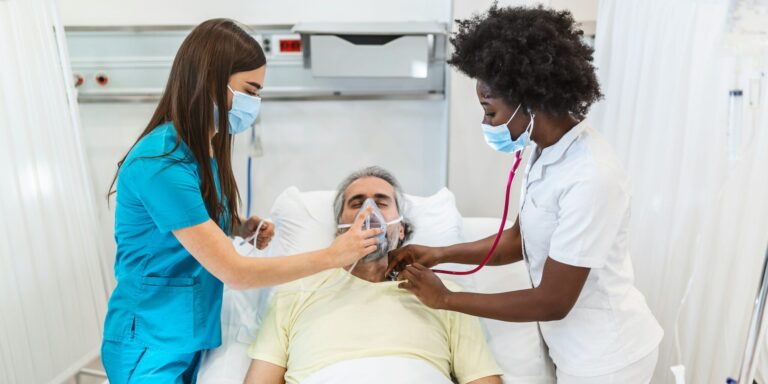As the flu season approaches, New York’s healthcare providers are gearing up for a potential surge in respiratory illnesses, with hospitals and clinics across the state making strategic preparations to handle an uptick in cases of flu, COVID-19, and respiratory syncytial virus (RSV). These illnesses, particularly during peak seasons, often place significant strain on hospital systems, and healthcare officials are determined to ensure that the state’s hospitals are well-equipped to meet the challenges that lie ahead.
Preparing for the Fall Surge
The New York Department of Health (DOH) has been actively coordinating with hospitals, healthcare providers, and clinics across the state, advising them to ramp up their readiness for the anticipated surge. Dr. Andrew Cuomo, the director of the DOH, emphasized the importance of bolstering healthcare resources as a way to ensure hospitals are capable of managing an increase in patient numbers.
“With the unpredictability of COVID-19 variants and the annual flu season, we are enhancing our readiness to ensure hospitals can handle a potential increase in cases,” Dr. Cuomo stated. He further outlined the state’s preparedness efforts, including the stockpiling of medical supplies, expanding testing capacity, and reinforcing hospital staffing to ensure a swift response to any surges in demand. These efforts are particularly important as the healthcare system has had to adapt and recover from previous waves of COVID-19, which caused overwhelming pressure on hospital infrastructure.
Preparing for RSV and Vulnerable Populations
One of the most pressing concerns for healthcare providers is the potential increase in RSV cases, particularly among vulnerable populations like infants and the elderly. RSV, which causes severe respiratory issues, is particularly dangerous for these age groups, often leading to hospitalizations. Last year, RSV cases saw a significant rise, straining pediatric care units across the state, and experts are preparing for similar trends this year.
In response to this, hospitals have been bolstering their pediatric care units and geriatric care units, ensuring that they have the necessary equipment and trained staff to handle a higher volume of patients. Training staff in the latest medical protocols for managing respiratory illnesses is also a priority, with healthcare professionals being briefed on the best practices for managing multiple respiratory illnesses at once, including distinguishing between flu, COVID-19, and RSV.
Encouraging Public Health Measures
While New York’s healthcare system is making extensive preparations, state officials are also urging the public to play an active role in minimizing the spread of respiratory illnesses. Vaccination remains one of the key strategies to mitigate the impact of flu season. Public health campaigns have been encouraging residents to get their annual flu vaccines, and healthcare providers are offering easy access to vaccines across the state, including at clinics, pharmacies, and doctors’ offices.
Beyond vaccinations, public health measures such as hand washing, mask-wearing, and maintaining physical distancing in crowded places are encouraged, especially in indoor environments. These precautions are particularly important during the flu season and as the weather turns colder, leading more people to gather indoors where the transmission of respiratory illnesses is more likely to occur.
Managing Hospital Capacity and Staffing
Another significant aspect of New York’s preparedness plan is addressing hospital staffing. With the possibility of an increased patient load, hospitals are looking to ensure they have sufficient healthcare workers on hand. This involves both recruiting additional staff and optimizing the workflow of existing personnel to handle a potentially greater number of patients. The state has worked with hospitals to facilitate training and rapid deployment of temporary staff to bolster workforce capabilities during peak times.
As part of these plans, the DOH has also been focused on maintaining sufficient personal protective equipment (PPE) supplies, as well as ensuring that medical staff are protected from overexposure to the viruses that are expected to spread this fall.
Optimism and Vigilance
Although state officials are hopeful that the surge in respiratory illnesses will remain manageable, they acknowledge the uncertainty surrounding the ongoing pandemic and the emergence of new COVID-19 variants. The DOH remains vigilant and committed to ensuring that New York’s healthcare infrastructure is prepared for any scenario that may arise. With continued emphasis on public health measures and proactive healthcare strategies, officials hope to mitigate the effects of flu season and protect vulnerable populations, including children and the elderly.
As New Yorkers brace for what could be a challenging respiratory season, the cooperation between healthcare providers, public health officials, and the general public will be key in ensuring that the state’s hospitals can effectively manage a potential surge and protect the health of its residents.
